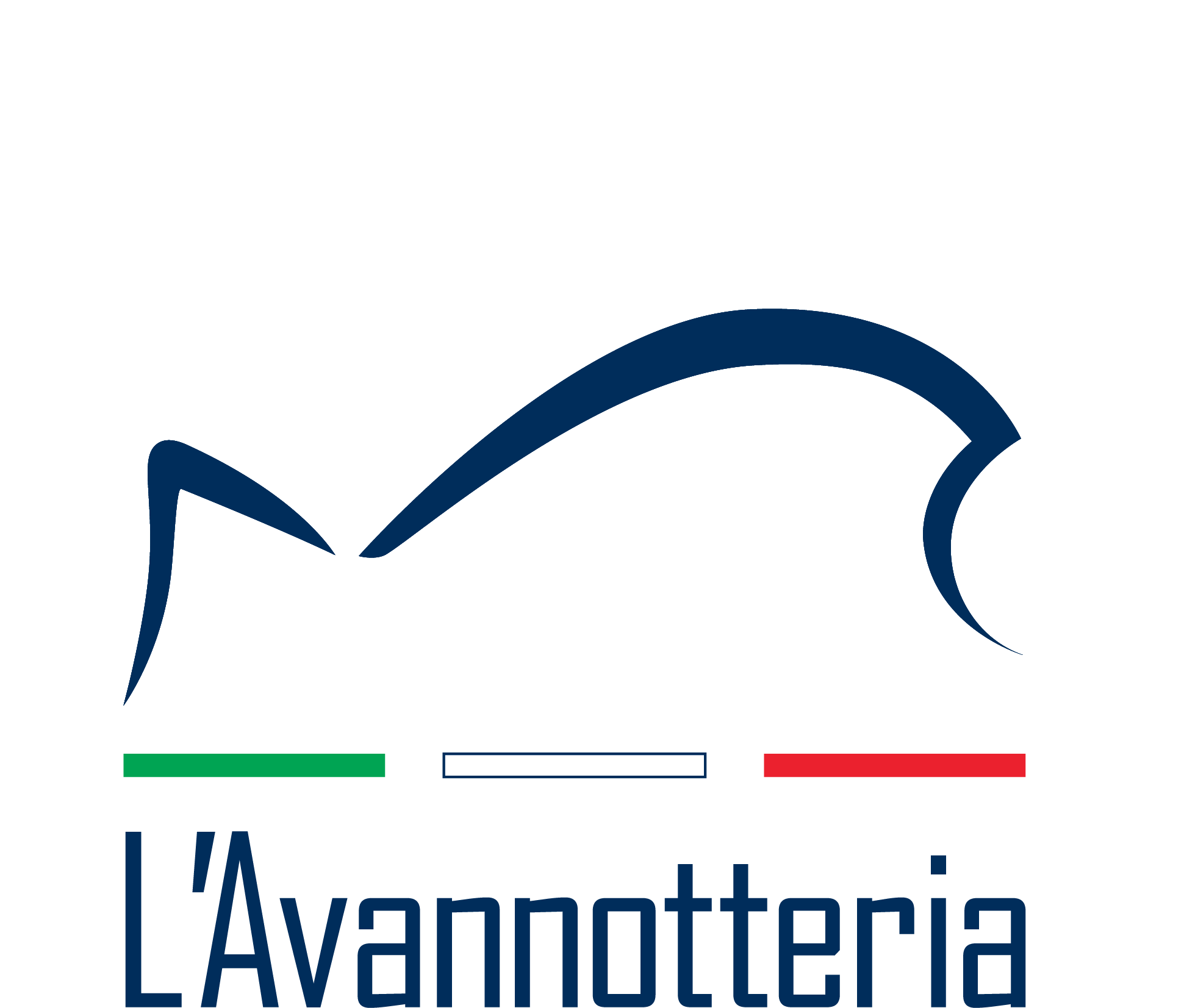
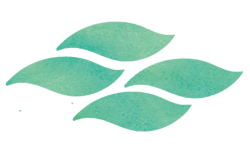
Where every fish begins its journey
WHO WE ARE
Avannotteria, Nursery of Sea
A Safe Environment for Reproduction
Avannotteria, located in Petrosino, Sicily, is a company specializing in juvenile breeding.
Since 2017 it has focused on the reproduction of Italian sea bass and sea bream from birth, establishing itself as a center of innovation and a strategic hub for production and distribution. In 2021,it expanded its product portfolio by initiating the breeding of meagre.
Currently, the company distributes fry both in Italy and internationally. The overarching goal is to achieve sustainable production by 2030.
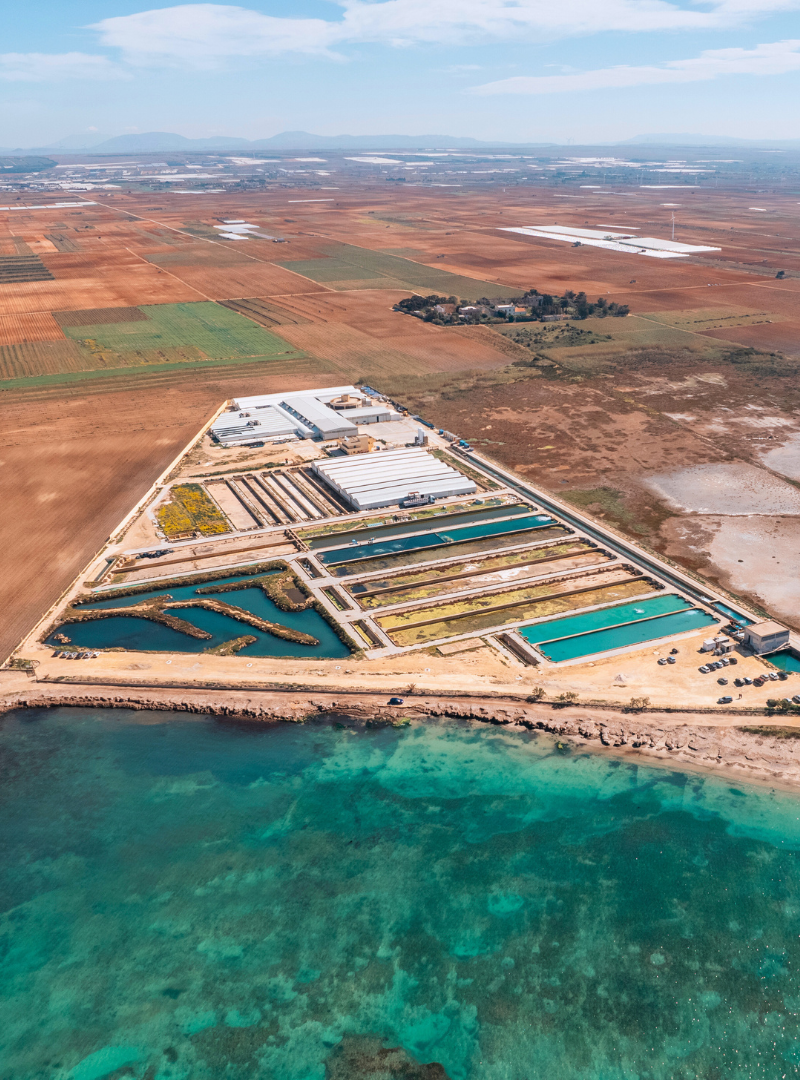
Distribution countries
Of seedlings produced per year
People working
A company that cares
for the sea and its environment.

The use of innovative techniques makes the production activity sustainable and the plant a perfectly integrated component in the surrounding environment.
THE PRODUCTION STAGES

Passion in Every Process
Controlled production, health and quality guaranteed
1. REPRODUCTION
The breeders, carefully chosen to maximize their performance, undergo regular zootechnical and health assessments to ensure a high level of well-being. Their diet is meticulously balanced to meet the nutritional requirements of each species throughout their biological cycles. By prioritizing animal welfare and providing balanced nutrition, we ensure the production of high-quality eggs, resulting in stronger larvae. Throughout the year, the breeding period is extended using stringent photo-thermoperiod protocols.
The release of gametes and the fertilization of eggs occur naturally, without the need for external stimulation.
2. LARVAL
Fertilized eggs undergo rigorous quality checks. The top-quality batches are transferred to specialized hatcheries where the initial stages of embryonic development occur until the larvae hatch. These larvae are then transferred to circular tanks where the water’s chemical and physical conditions are closely monitored and controlled. To initiate feeding, the larvae are exposed to a specific protocol that involves the administration of live foods, such as phytozooplankton, produced in our facility under strictly controlled sanitary conditions.
3. FITOZOOPLANCTON
Phytozooplankton, a component within our farm, consists of both vegetal (microalgae) and animal (rotifers) microorganisms, and later crustaceans (artemia). These organisms are sourced from strains selected based on their nutritional profile, size, high-density breeding capacity, and other desirable features. The crops undergo continuous microbiological monitoring to ensure their purity and quality. Phytozooplankton is administered in a progressive manner aligned with the larvae’s growth and the development of their mouths, until they transition from the larval phase to weaning. At this point, appropriately formulated inert, dry, and floured food is introduced.
4. WEANING
Once the larval phase concludes, the larvae are referred to as juveniles. At this stage, the animals are weaned and exclusively fed with inert food. The breeding phases culminate with operations focused on preparing batches of juveniles, which are then transferred to the pre-fattening department and subsequently to fattening facilities to complete the breeding cycle and reach commercial size. All specimens undergo meticulous selection to eliminate any malformed fish, ensuring the creation of homogeneous and qualitatively superior batches. Finally, each batch is vaccinated to prevent major diseases, thereby reducing the need for antibiotics in subsequent breeding phases.

Controlled and Secure Logistics
Our hatchery makes use of specialised means of transport both by land and sea. Fundamental are the product control procedures to guarantee animal welfare, during all phases of the journey, maintaining optimal vital parameters and protecting it from possible physical damage.
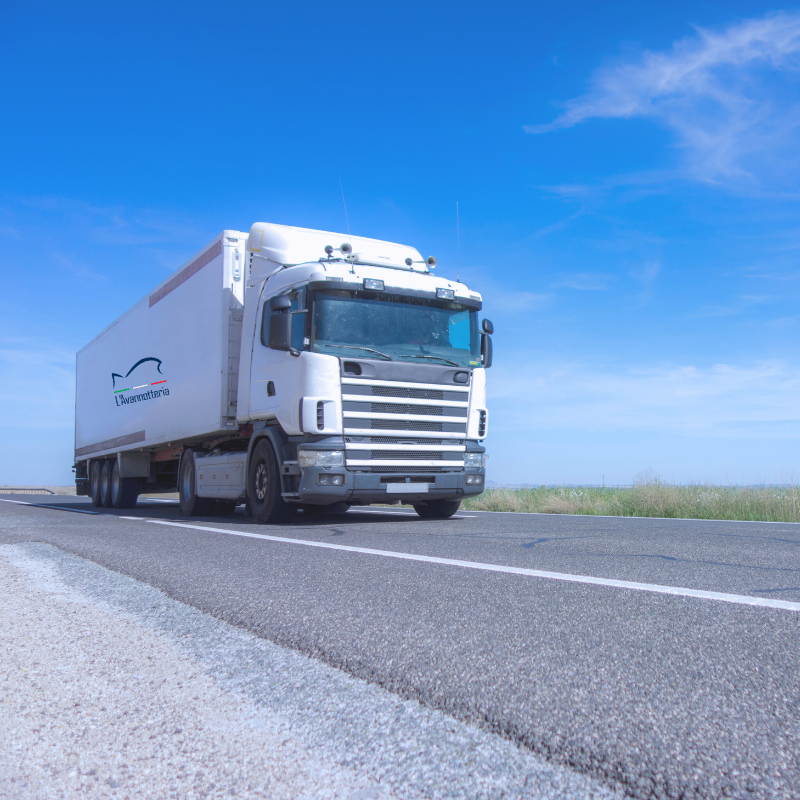
LAND
Land transport is carried out by lorry, this is mainly used for smaller sizes, and is indispensable for land-based plants. These means of transport have certain characteristics that must be respected before the fry can be transported.
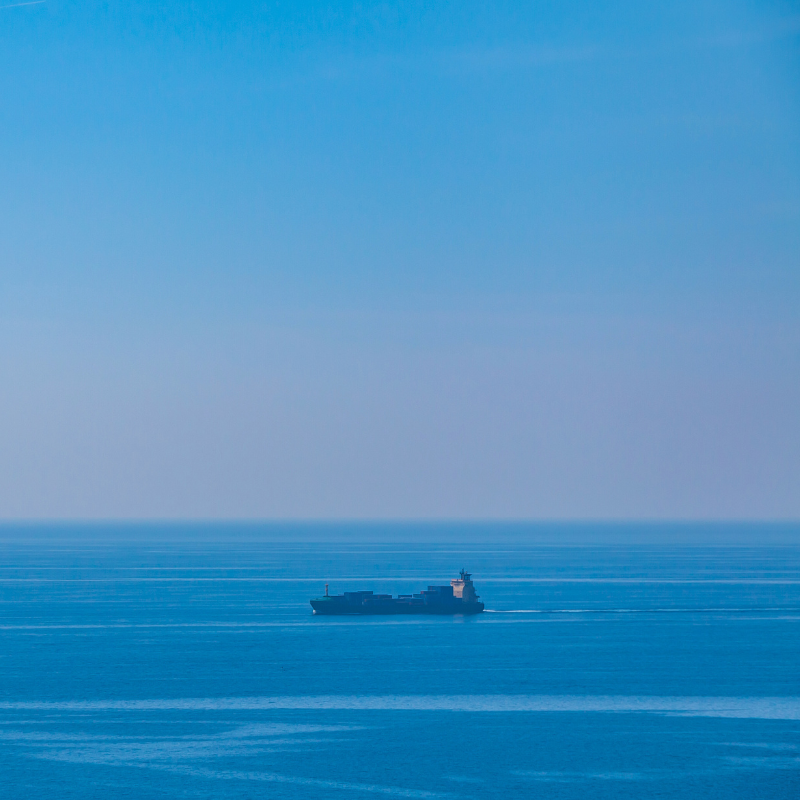
SEA
During transport by sea, the animals are mainly shipped in a motor vessel equipped with tanks that continuously change the water. Unloading takes place directly onto the cages. This type of transport ensures a high level of welfare, minimises handling of the fish and allows several days at sea.
“the health of our fry is
the best guarantee for your fish”
WHO WE ARE

Avannotteria, Nursery of Sea
A Safe Environment for Reproduction
Avannotteria, located in Petrosino, Sicily, is a company specializing in juvenile breeding.
Since 2017 it has focused on the reproduction of Italian sea bass and sea bream from birth, establishing itself as a center of innovation and a strategic hub for production and distribution. In 2021,it expanded its product portfolio by initiating the breeding of meagre.
Currently, the company distributes fry both in Italy and internationally. The overarching goal is to achieve sustainable production by 2030.

Distribution countries
Of seedlings produced per year
People working
A company that cares
for the sea and its environment.

The use of innovative techniques makes the production activity sustainable and the plant a perfectly integrated component in the surrounding environment.
THE PRODUCTION STAGES

Passion in Every Process
Controlled production, health and quality guaranteed
1. REPRODUCTION
The breeders, carefully chosen to maximize their performance, undergo regular zootechnical and health assessments to ensure a high level of well-being. Their diet is meticulously balanced to meet the nutritional requirements of each species throughout their biological cycles. By prioritizing animal welfare and providing balanced nutrition, we ensure the production of high-quality eggs, resulting in stronger larvae. Throughout the year, the breeding period is extended using stringent photo-thermoperiod protocols.
The release of gametes and the fertilization of eggs occur naturally, without the need for external stimulation.

2. LARVAL
Fertilized eggs undergo rigorous quality checks. The top-quality batches are transferred to specialized hatcheries where the initial stages of embryonic development occur until the larvae hatch. These larvae are then transferred to circular tanks where the water’s chemical and physical conditions are closely monitored and controlled. To initiate feeding, the larvae are exposed to a specific protocol that involves the administration of live foods, such as phytozooplankton, produced in our facility under strictly controlled sanitary conditions.

3. FITOZOOPLANCTON
Phytozooplankton, a component within our farm, consists of both vegetal (microalgae) and animal (rotifers) microorganisms, and later crustaceans (artemia). These organisms are sourced from strains selected based on their nutritional profile, size, high-density breeding capacity, and other desirable features. The crops undergo continuous microbiological monitoring to ensure their purity and quality. Phytozooplankton is administered in a progressive manner aligned with the larvae’s growth and the development of their mouths, until they transition from the larval phase to weaning. At this point, appropriately formulated inert, dry, and floured food is introduced.

4. WEANING
Once the larval phase concludes, the larvae are referred to as juveniles. At this stage, the animals are weaned and exclusively fed with inert food. The breeding phases culminate with operations focused on preparing batches of juveniles, which are then transferred to the pre-fattening department and subsequently to fattening facilities to complete the breeding cycle and reach commercial size. All specimens undergo meticulous selection to eliminate any malformed fish, ensuring the creation of homogeneous and qualitatively superior batches. Finally, each batch is vaccinated to prevent major diseases, thereby reducing the need for antibiotics in subsequent breeding phases.

Controlled and Secure
Logistics
Our hatchery makes use of specialised means of transport both by land and sea. Fundamental are the product control procedures to guarantee animal welfare, during all phases of the journey, maintaining optimal vital parameters and protecting it from possible physical damage.

LAND
Land transport is carried out by lorry, this is mainly used for smaller sizes, and is indispensable for land-based plants. These means of transport have certain characteristics that must be respected before the fry can be transported.

SEA
During transport by sea, the animals are mainly shipped in a motor vessel equipped with tanks that continuously change the water. Unloading takes place directly onto the cages. This type of transport ensures a high level of welfare, minimises handling of the fish and allows several days at sea.
“the health of our fry is
the best guarantee for
your fish”

FEAMP

“Alleviamo il Vostro Business”
